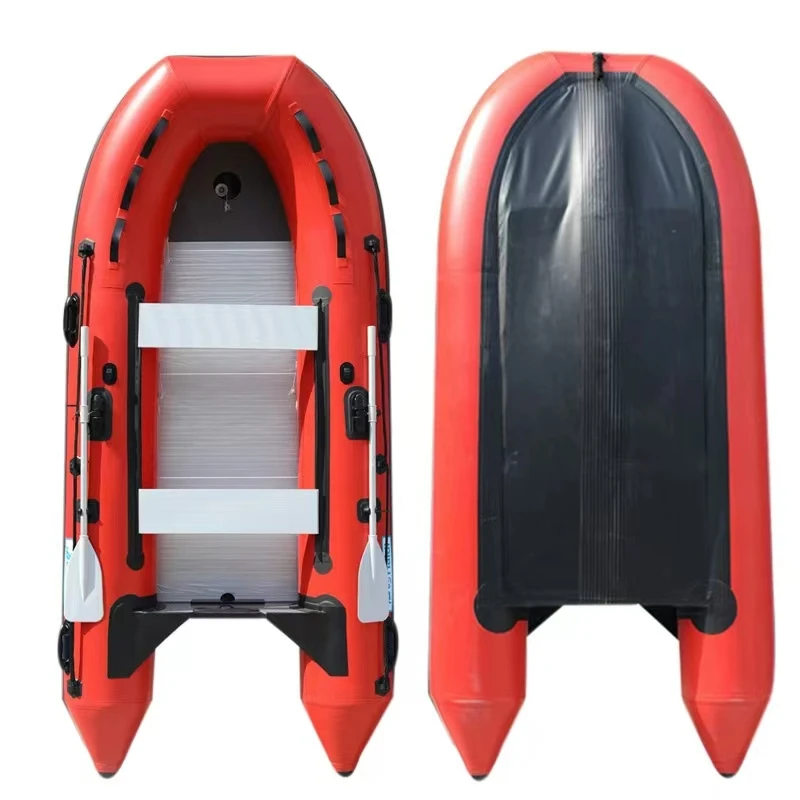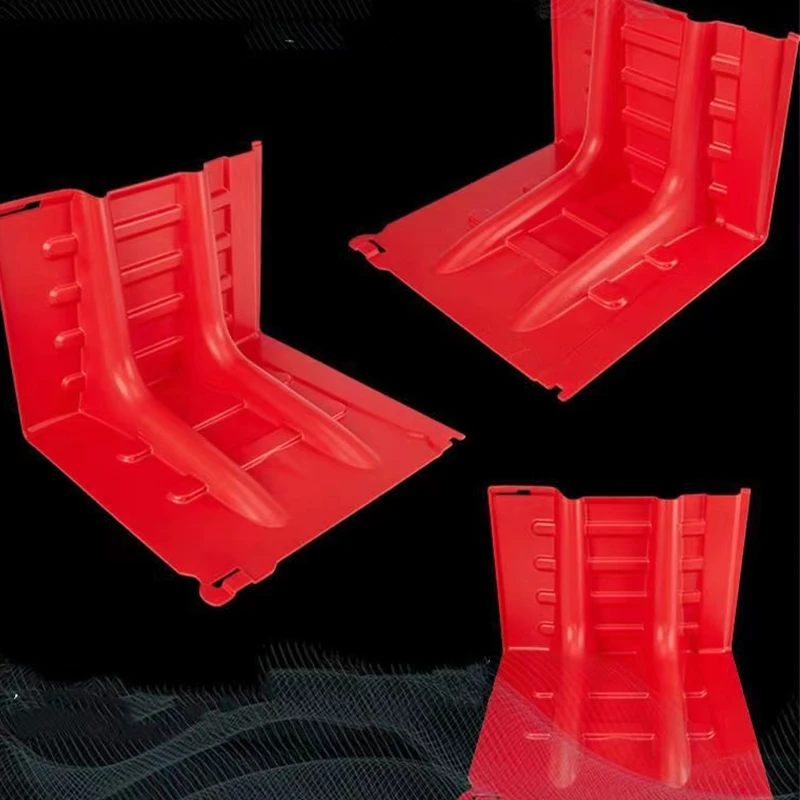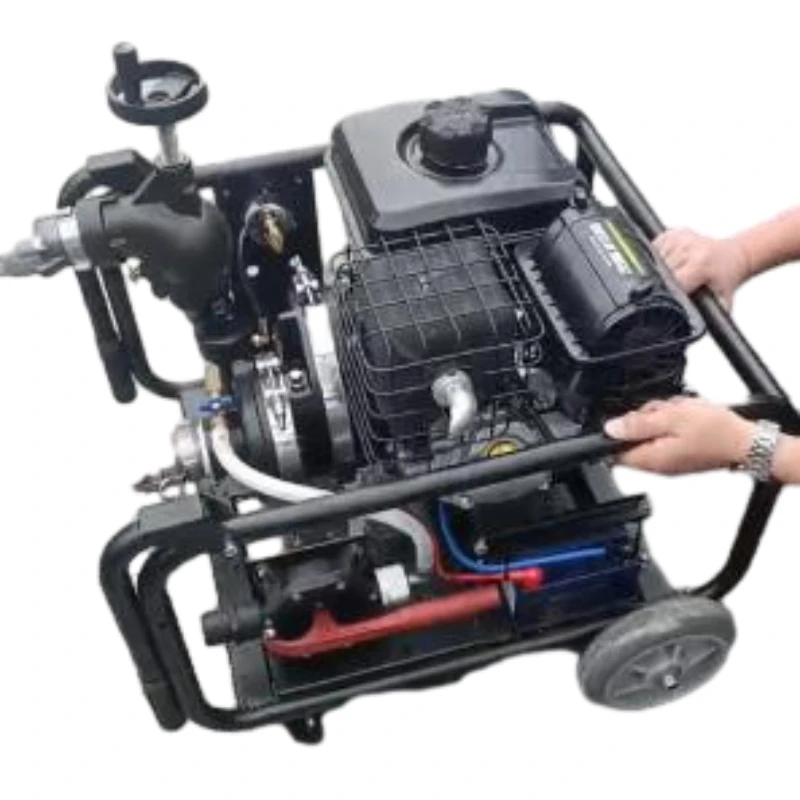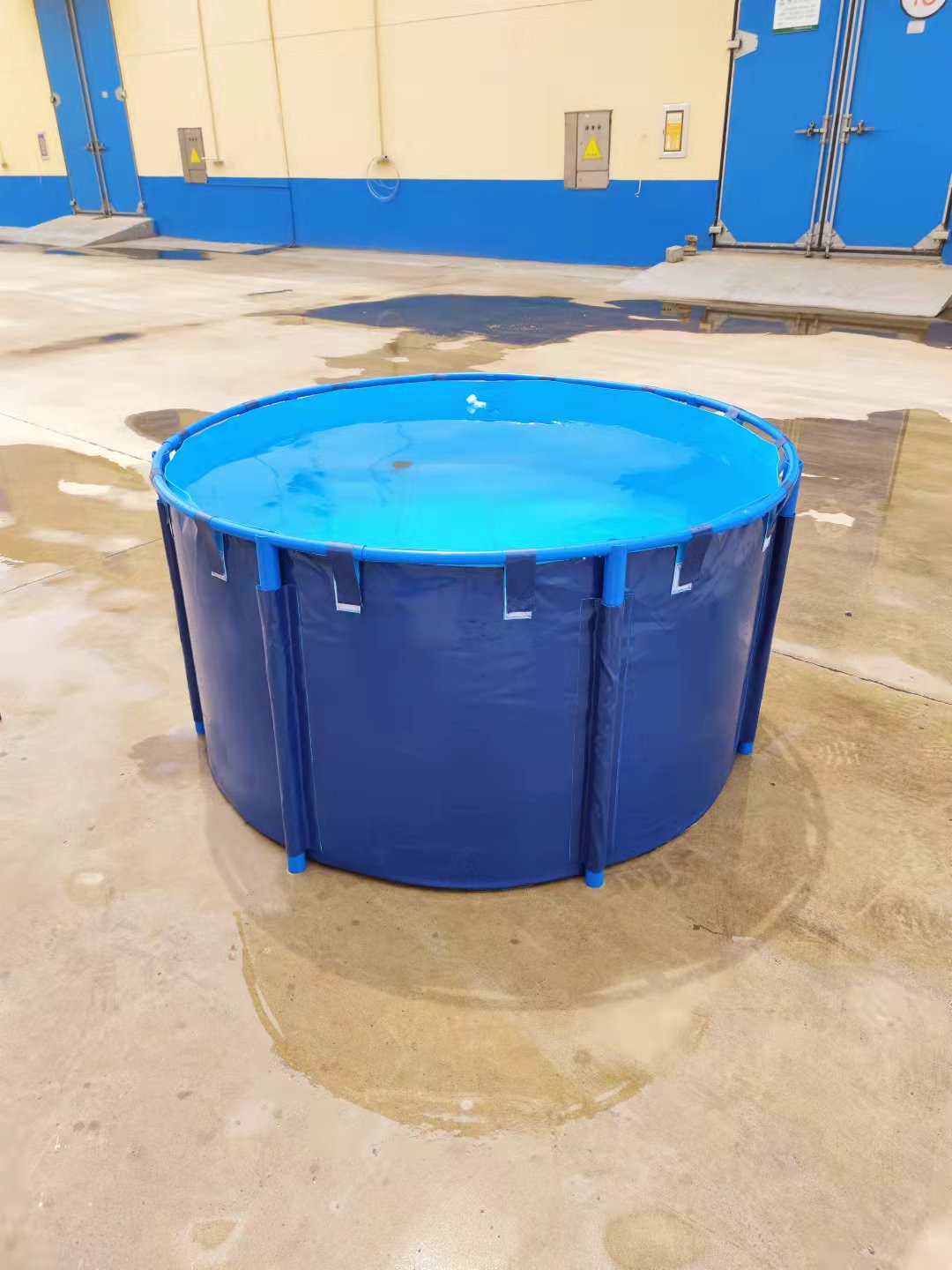A Practical Guide to Water Pumps for Mobile Homes: What You Need to Know
Water doesn’t just sustain life; it also powers daily living, especially in compact, on-the-move dwellings like mobile homes. Understanding water pumps for mobile homes might sound niche, but frankly, their importance touches millions worldwide who depend on reliable water supply while embracing a life less anchored. From ensuring steady water flow for cooking and hygiene to enabling off-grid independence, these devices quietly underpin modern mobile living.
Globally, the demand for efficient, compact water pumping solutions in portable housing continues to grow, driven by factors ranging from increasing mobility trends to emergency housing needs linked to natural disasters. Grasping how these pumps work, and their broader impact, can open doors to smarter choices—whether you’re a homeowner, manufacturer, or relief organization.
The Global Context: Why Water Pumps for Mobile Homes Matter More Than Ever
At first glance, a water pump inside a mobile home might seem mundane or solely technical. But globally, this equipment has become a linchpin for mobile housing solutions, especially with over 1 billion people worldwide facing housing insecurity.1 Additionally, climate change and displacement crises have amplified mobile and temporary housing demand, pushing innovations in water management.
According to recent ISO standards on portable water systems, reliable pumps enhance water safety and reduce wastage — crucial in remote or disaster-affected locations. And with rising off-grid living trends in places like the US, Europe, and Asia, having a pump that balances power, size, and reliability can’t be overstated.
However, mobile home water pumps also face challenges like power source limitations, hard water environments, or physical space constraints — problems that manufacturers and users alike need to navigate carefully.
Rapid mobility and shrinking footprints raise tough questions about water delivery — who knew?
What Exactly is a Water Pump for Mobile Home?
In simple terms, a water pump for a mobile home is a compact, often electric-powered device designed to move water from a storage tank or external source into the home's plumbing system. It ensures steady water pressure, which might otherwise fluctuate due to gravity or varying water levels.
These pumps typically come in diaphragm, centrifugal, or positive displacement varieties, with some models optimized for energy efficiency or quiet operation. Connected directly to 12V or 24V DC power sources (like vehicle batteries), they enable mobile homes to have a near-normal water experience — from running faucets to shower flow.
Beyond just convenience, these pumps address a humanitarian need by supporting mobile habitats that must function independently. They're part of the broader fabric of off-grid technology alongside solar panels and waste treatment units — all crucial for modern nomads, disaster shelters, or rural outposts.
Key Factors in Choosing and Using Water Pumps for Mobile Homes
1. Durability & Build Quality
Since mobile homes face bumps, vibration, temperature shifts, and sometimes salt exposure, pumps must endure tough conditions. High-grade materials and sealed motors are common in quality pumps to resist corrosion and wear. You don’t want a pump failing mid-route or in freezing weather.
2. Power Consumption & Compatibility
Many mobile homes run on limited power systems (solar or small generators). A low-power consumption pump that matches your energy setup is ideal — some pumps even feature auto shutoff or adjustable pressure to save juice.
3. Size & Installation Ease
Space is premium in tiny, portable dwellings. Compact, lightweight pumps that are simple to install save headaches and preserve room for other essentials. Some units come with quick-connect fittings making DIY replacement less intimidating.
4. Flow Rate & Pressure Capacity
Pumps must deliver enough flow so faucets don’t sputter and showers stay enjoyable. Most small mobile home pumps operate around 2–4 gallons per minute (GPM) and maintain 30–50 PSI — enough for everyday needs without overkill.
5. Noise Levels
Oddly enough, noise can be a dealbreaker. Pumps humming loudly inside a compact home can be more annoying than you'd think. Look for models noted for quiet operation.
Water Pump for Mobile Home: Real-World Applications and Who Benefits
Whether you’re an RV traveler leisurely exploring remote trails or part of a humanitarian team setting up emergency shelters after a hurricane, water pumps designed for mobile homes fill a vital function.
- Recreational Vehicles and Caravans: Anywhere from European camping sites to American national parks, a reliable pump ensures you’re never scrambling for water.
- Disaster Relief Camps: Organizations like the Red Cross rely on portable pumps to provide immediate access to water when infrastructure is down.
- Construction Trailers and Remote Worksites: Mobile units on mining or forestry sites often use these pumps to provide workers with clean water.
- Off-grid and Tiny Homes: For sustainable living aficionados, an efficient pump is part and parcel of self-sufficient water systems.
For example, after the 2019 cyclone in Mozambique, mobile shelters equipped with DC-powered water pumps ensured displaced families had access to safe water until permanent supplies were restored.
Technical Specification Table for a Typical Mobile Home Water Pump
| Feature | Specification |
|---|---|
| Pump Type | Diaphragm |
| Voltage | 12V DC |
| Max Flow Rate | 3.2 GPM (12 L/min) |
| Max Pressure | 45 PSI |
| Noise Level | |
| Power Draw | 3.5 A |
| Weight | 1.8 lbs (0.82 kg) |
| Warranty | 2 Years |
Comparing Top Vendors of Water Pumps for Mobile Homes
| Vendor | Pump Types | Price Range | Warranty | Key Feature |
|---|---|---|---|---|
| FloJet | Diaphragm, Centrifugal | $80-$150 | 2 Years | Self-priming, Quiet |
| Shurflo | Diaphragm | $70-$140 | 3 Years | Energy Efficient, Durable |
| Seaflo | Diaphragm | $60-$110 | 1 Year | Compact, Easy to Install |
Why Invest in a Quality Water Pump for Your Mobile Home?
Look, pumps might not be glamorous, but they’re foundational. Reliable pumps reduce water waste, ensure good pressure, and increase the overall lifespan of your plumbing system. From a safety and dignity standpoint, dependable access to water—clean and constant—makes temporary or mobile living feel more like home.
Socially speaking, these pumps can enable communities in remote or disaster-prone areas to maintain hygiene standards—helping prevent waterborne illnesses. Environmentally, energy-efficient pumps that minimize power use harmonize well with solar or battery setups, reducing carbon footprints.
And honestly, when there’s a pump that just “works” without fuss, life’s quieter and less stressful. It’s one of those small luxuries you only appreciate when it’s missing.
What’s Ahead: Future Trends in Mobile Home Water Pumps
Technology keeps pushing forward. New pumps use brushless motors for improved efficiency and longer lifespans. IoT integration now lets owners monitor pump status remotely through apps—not just geeky extras, but real tools for field maintenance.
On the sustainability front, solar-powered pumps are increasingly viable with better charge controllers. Materials innovation means lighter, corrosion-resistant composites replacing metal parts. Policies encouraging green, off-grid technologies are also nudging manufacturers toward greener designs.
We might soon see pumps that self-adjust flow dynamically based on need, further preserving precious battery life and water reserves.
Common Challenges and How to Tackle Them
Some of the snags you’ll hear about: clogging from sediment, power outages, noise, and premature wear. What’s the fix? Regular maintenance, installing pre-filters, pairing pumps with reliable power sources, and opting for models with sealed motors and vibration dampers.
Manufacturers also recommend always sizing the pump properly — too small and it strains, too big and it drains power unnecessarily. And don’t forget quality installation — leaky connections and poorly supported pipes lead to bigger headaches than the pump itself.
FAQs about Water Pumps for Mobile Homes
- Q: Can I run a water pump in my mobile home off solar panels?
A: Yes! Many water pumps, especially 12V DC types, are compatible with solar power systems. Just ensure your battery and solar array can provide enough current, and consider a charge controller to protect your battery life. - Q: How often should I service my mobile home water pump?
A: Generally, every 1-2 years or following your pump’s manual recommendations. Check for leaks, clean filters, and inspect electrical connections. Frequent use or harsh environments may require more regular checks. - Q: Is it difficult to install a water pump in an existing mobile home?
A: It depends on your model and plumbing setup. Many pumps come with simple installation kits and can be installed by someone handy with basic tools. When in doubt, professional help is recommended to avoid leaks or damage. - Q: What flow rate should I look for in a pump for a single mobile home?
A: Around 2 to 4 gallons per minute usually suits typical daily needs for drinking, cooking, and washing. Larger units might be necessary for multiple occupants or added appliances. - Q: Are water pumps for mobile homes noisy?
A: Some models make more noise than others. Look for pumps labeled ‘quiet’ or under 50 dB if noise is a concern — especially in small enclosed spaces.
Wrapping Up: Making Smart Choices for Mobile Living
Water pumps might not headline the mobile home experience, but getting the right one is fundamental. They bridge the gap between convenience, safety, and practicality in a limited space. Whether for weekend camping or year-round off-grid life, investing in a dependable pump pays dividends in comfort and peace of mind.
If you’re considering a new water pump for mobile home, remember to weigh specs, installation quality, and your power setup carefully. After all, clean water on tap isn’t just a feature — it’s a foundation.
Visit our website to explore trusted options and expert advice tailored to your needs.
1. UN Habitat. Global Housing Situation.
2. ISO 24512:2023 – Guidelines for Drinking Water Systems.
3. World Bank. Urban Population in Slums.





















